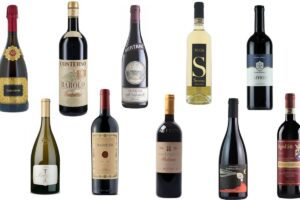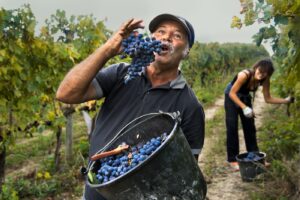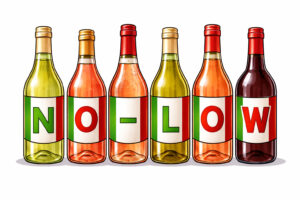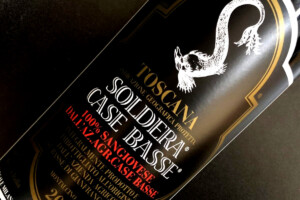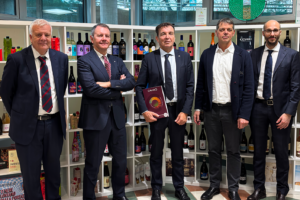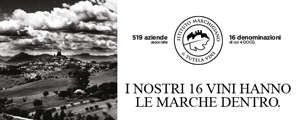The local foods and wines of local holiday locations are the preferred souvenirs of both Italian and foreign tourists vacationing in Italy. Coldiretti recently confirmed this with a study conducted by the Istituto Piepoli-Leonardo-Ice, which demonstrated that almost one out of every two foreign tourists (45%) took home Italian food and wine products as a reminder of their holidays. And two out of three Italians took home food and wine products.
The foreign visitors who most often choose to take back Italian food products are, in first place, Swedes (70%), followed by Americans (58%). At the bottom of the list are Chinese (31%) and Russians (28%), who tend more towards fashion sector goods.
From mozzarella di bufala from Campania to Asiago cheese of the Veneto, from pecorino in Sardinia to prosciutto San Daniele in the mountains of Friuli, from Piedmont’s Barolo to Fontina from Valle d’Aosta, from Limoncello of Campania to Caciocavallo from Molise, the array of “edible” souvenirs to choose from is vast enough to satisfy all tastes, even the most difficult ones.
There are precisely 4372 food products that are made in Italy of which 159 are certified denominations of Origin (DOP, IGP) as well as 484 wines that are guaranteed DOC or DOCG. These products guarantee quality for the consumer as well as earnings estimated at 20 billion euros for Italy.
The summer period of 2007 has, however, registered a somewhat negative decrease due to the new norms that went into effect in November 2006, which have reduced the amount of goods that can be carried in hand baggage on airplanes, especially those limiting the transportation of liquids according to Regulation CE n. 1546/2006. This has been a significant blow for local wines and olive oils that would otherwise be taken back by tourists.
On the other hand, a visit to Italy guarantees the possibility of acquiring the goods of great acclaim that are usually sold abroad at much higher prices and with an elevated risk of acquiring false goods of inferior quality. For sales abroad, not only have costs increased, there are also often limits in quantity and high customs taxes that cause further increases in prices. In Canada, for example, customs taxes on Asiago cheese reach 250%. In Japan, taxes are 30% for wine and 35% for cheeses. In Argentina there is a specific tax of one USD for every liter of olive oil. And Brazil has a 40% tax on Italian wines. While in Egypt, this tax reaches up to 3,000%. These numbers are from a recent survey conducted by the Italian Ministry of Foreign Affairs.
Then there are the countries where some Italian foods and wines cannot enter because of health, religious, or bureaucratic difficulties, such as in China where only recently possibilities for exporting prosciutto are opening up. This may also mean, however, an increased risk of imitation goods. In fact, on the global market it is already estimated that one Italian product out of three is false.
And total earnings for these goods reach 50 billion euros.
“Food Piratry” misuses the colors, images, and denominations of the true local food products of Italy. And, of these, Parmigiano Reggiano and Grana Padano are the two most falsified products from Italy, becoming Parmesao in Brazil, Rianito in Argentina, Reggiano and Parmesano in the rest of South America, and Parmesan in the United States, Canada, Australia and Japan. There are also colorful inventions like “Grana Pardano”, “Grana Padana” or “Grana Padona”, to name just a few that have also appeared in the U.S.
There are also countless other examples of imitations of goods like Provolone, Asiago and Mortadella, that are produced entirely in the U.S. As well as Robiola, Gorgonzola and Caciocavallo made in Canada. There is even Salame Milano produced in Chile and Salame Cacciatori made in South Africa.
Copyright © 2000/2026
Contatti: info@winenews.it
Seguici anche su Twitter: @WineNewsIt
Seguici anche su Facebook: @winenewsit
Questo articolo è tratto dall'archivio di WineNews - Tutti i diritti riservati - Copyright © 2000/2026












